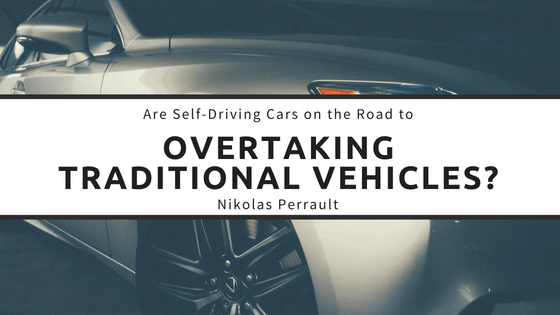Self-driving cars made headlines this spring when a woman in Arizona died after being struck by an Uber in autonomous mode. The human driver of the car was not paying attention and didn’t have their hands hovering over the wheel, as instructed, to be able to take control if needed. Following the accident, a AAA survey found that 73% of Americans are afraid to ride in a fully-autonomous vehicle.
Some of the technology used in self-driving cars, including Blind Spot Detection and Lane Keeping Assist, help to prevent crashes at low speeds and in heavy traffic. However, cars that have more advanced technology often are more dangerous, due in part to drivers assuming the vehicles are capable on their own and failing to pay attention to the road.
The Insurance Institute for Highway Safety found during a test of self-driving technology in BMW, Mercedes-Benz, Tesla, and Volvo vehicles that the technology sometimes failed to recognize obstacles and stop the car. Systems in different makes are at different capabilities, with some more capable than others. Currently, the technology is no better at responding to incidents than human drivers. The technology may never be wholly error-free and isn’t designed to be, but it may still hold advantages over human drivers.
In 2016, there were 7 million traffic accidents in the United States. A 2015 survey from the National Highway Traffic Safety Administration found that 29% of crashes go unreported, meaning many more accidents occur than what is thought. Even if the implementation of autonomous vehicles did not affect the 7 million reported accidents, it would still mean a 29% decrease in real crashes. Another study estimates the technology will save 600,000 lives by 2045.
By 2050, the self-driving car market could be worth $7 trillion. With the continued room for growth in the industry, more tests are needed to ensure these vehicles are as safe as possible. The dream of this technology is passengers being able to check email while the car completely pilots the drive, but this dream may not ever be a reality. The first adoption of the technology for the average person will be semi-autonomous vehicles fitted with safety-enhancing features, but drivers will still need to pay close attention to the road. Autonomous vehicles are the future, but maybe not in the way that’s been depicted in popular science-fiction media.

